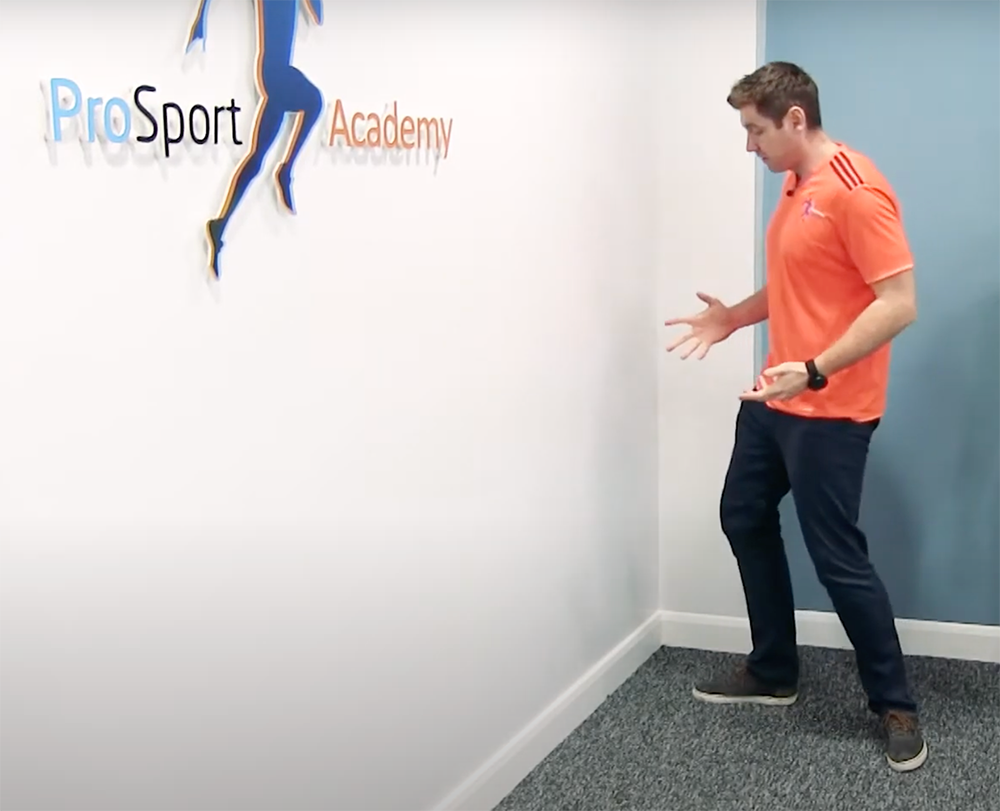How To Implement A Graded Exposure Change Of Direction Rehabilitation Progression
Everything we teach in the mentorship is this step-by-step system. There is no guessing. You should know the next steps you need to take even before you get there.
It isn’t always easy though. Over my 13 years in professional sport I found this out the hard way, progressing with athletes too early causing issues in the long-run.
Today I’ll tell you how to build a change of direction programme in a step-by-step process so you don’t have flare ups and set-backs.
Be Mindful Of Movements
When designing your own return to play programme you need to be mindful of movements even from day one. Whether is it gealic football, rugby league or footballer they need to be able to change direction.
Progressing With Your Clock Exercise
More often than not your athlete will decelerate and change direction. To do this they will have to have one foot planted, their body turning and shifting their weight at almost a 90 degree angle and pushing off, as pictured below.
Changing direction in graded exposure sports physiotherapy
The first step in reaching that stage is to perform the foot clock exercise I shared in part 4. Later we can allow a lot more force to transfer by asking the athlete to lunge from a standing position then shifting their weight to a 90 degree angle.
After this you may ask your patient to lunge forward, pivot and accept weight onto their other foot at a 90 degree angle. To add to this you may ask the athlete to change their arm positions to reflect the natural position in sport.
Even these smallest of tweaks to the exercise are going to begin to allow the athlete to change direction effectively.
It doesn’t have to be complicated. With these change of direction drills, you’re making the body absorb force and produce force before going out on the field. If you don’t do this and go straight out on the field then the nervous system could react in a negative way.
Final Thoughts
Before you begin this step ask yourself, has your athlete earned the right to change direction? If not going back out performing these exercises or going back out to the training ground can do more harm than good. These progressions should be the next logical step.
Once you are doing these movements your patient should be able to do them thoughtlessly and fearlessly. If there is hesitation you may need to regress.
For more information on how to design and implement your own graded exposure rehab plan click here.


